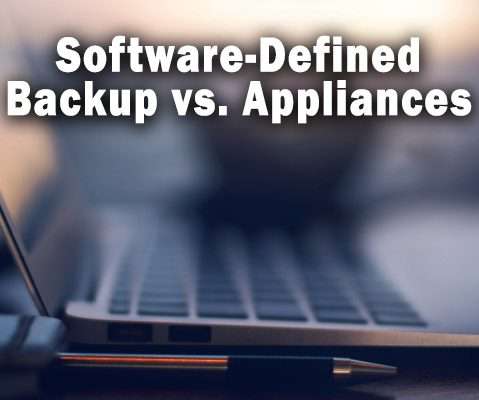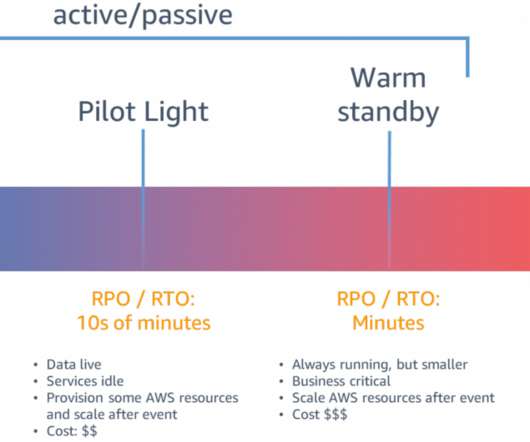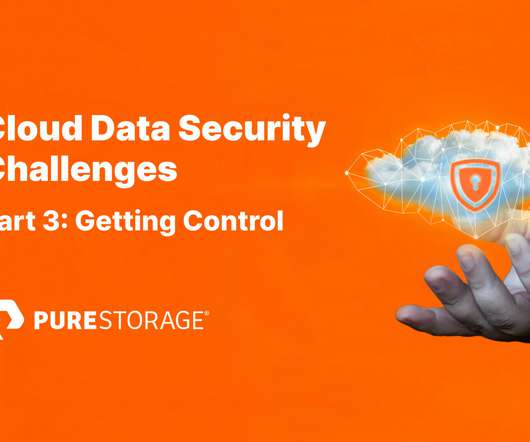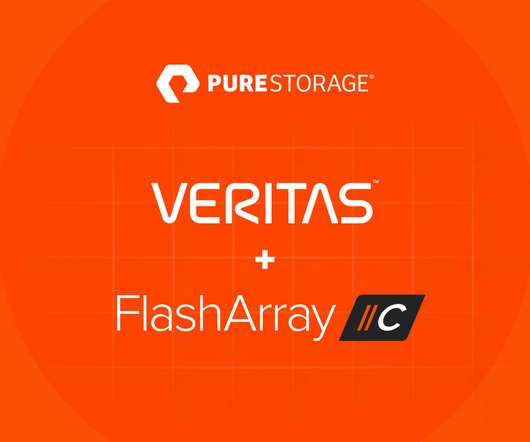Software-Defined Backup vs. Appliances; What’s the Difference?
Solutions Review
SEPTEMBER 30, 2022
In this submission, FalconStor Vice President of Customer Success Abdul Hashmi offers a comparison of software-defined backup vs. appliances. Enterprises large and small need to consider 10 factors when choosing between a software-defined backup target or a dedicated all-in-one backup appliance for data protection and disaster recovery.












Let's personalize your content